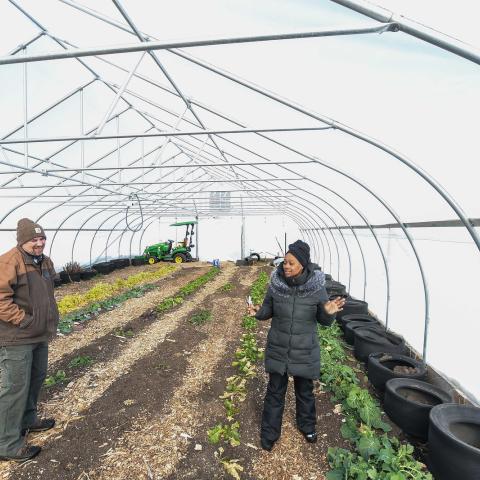
Press Release
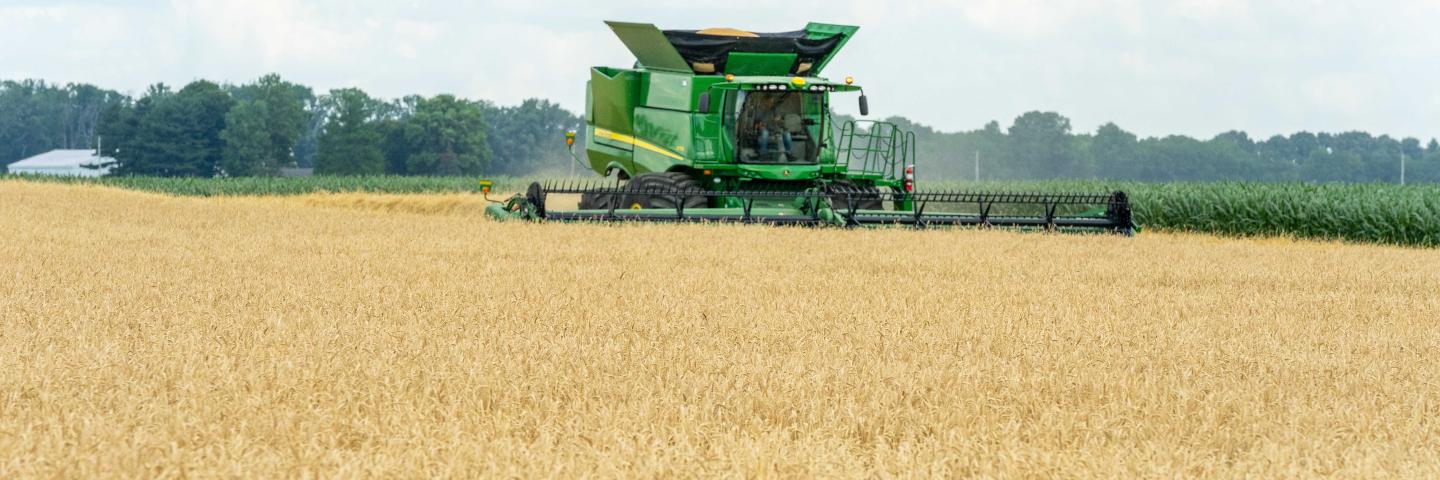
The Environmental Quality Incentives Program (EQIP) provides financial and technical assistance to agricultural producers and non-industrial forest managers to conserve natural resources while strengthening their operations.
EQIP helps producers implement voluntary conservation practices that address a wide range of natural resource concerns including improving quality of air, soil, water and wildlife habitat, prevent soil erosion, increase soil health, and increase carbon sequestration or reduce greenhouse gas emissions.
This voluntary conservation programs helps producers make conservation work for them. Together, NRCS and producers invest in solutions that conserve natural resources for the future while also improving agricultural operations.
Through EQIP, NRCS provides agricultural producers and non-industrial forest managers with financial resources and one-on-one help to plan and implement improvements, or what NRCS calls conservation practices. Using these practices can lead to cleaner water and air, healthier soil and better wildlife habitat, all while improving agricultural operations. Through EQIP, you can voluntarily implement conservation practices, and NRCS co-invests in these practices with you.
Some of these benefits include:
EQIP supports producers who improve and sustain natural resources on their operation by implementing structural, vegetative, and management practices.
For example, if you want to use EQIP conservation practices to improve irrigation efficiency, renovate pastureland or nutrient and pest management on your eligible land, NRCS offers technical assistance, and EQIP offers financial assistance through a contractual agreement.
If you decide to work with NRCS, you will receive a one-on-one consultation from a local NRCS conservation planner to evaluate your current management system and conduct an assessment of natural resources on your land. You will then work with the NRCS conservation planner to develop a free conservation plan that addresses the identified resource concerns.
Once you choose the conservation practices or activities that best fit your needs, and if your application is selected for funding, EQIP offers payments for implementing these practices on your land with the expectation that you will operate while maintaining the practices for the expected lifespan.
For eligibility purposes in Farm Bill programs, NRCS considers any land on which agricultural commodities, livestock or forest-related products are produced as eligible land.
That land can include cropland, rangeland, pastureland, non-industrial private forestland and other farm lands.
EQIP has no minimum acreage requirement; however, EQIP is a competitive program that awards points based on resource concerns to be addressed and other factors.
Applicants may include individuals, legal entities, joint operations or Indian Tribes that have control of the land and currently manage it for agricultural, forest and livestock production.
Additionally, farm records must be established or updated with the Farm Service Agency for both the applicants and the land for your application to be eligible and evaluated. Farm records must indicate the applicant:
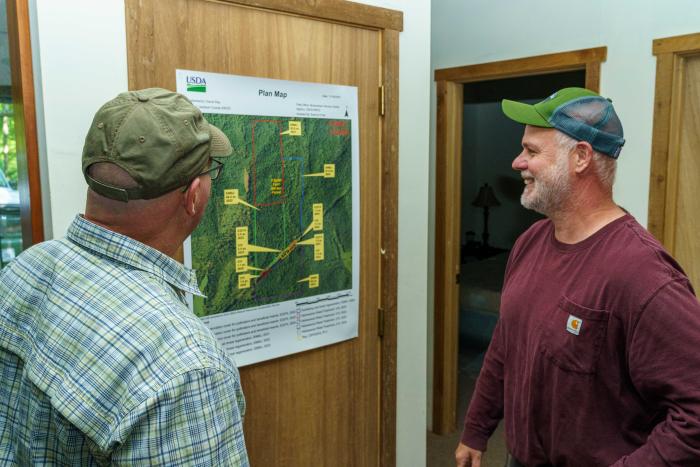
Contact your local USDA Service Center and let them know you are interested in EQIP. A conservation planner will work with you to determine your eligibility.
NRCS accepts EQIP applications year-round and funding is provided through a competitive process. State-specific application ranking dates dates are set to evaluate applications for funding. If you apply after the application ranking date, your application will automatically be deferred to the next funding cycle.
Applicants are responsible for completing and filing all application and eligibility paperwork as required. If funded, participants are required to sign a contract and agree to implement the planned conservation practices to NRCS standards and specifications as scheduled.
If you are new to working with USDA, you will need to establish your Farm Record with the Farm Service Agency (FSA). Establishing a Farm Record requires several forms and documents, so make an appointment with your FSA office as soon as possible. Learn more about applying for EQIP.
NRCS will be utilizing ACT NOW to process conservation applications in some ranking pools to deliver a conservation product faster. ACT NOW allows NRCS to immediately approve and obligate a ranked application in a designated ranking pool when an eligible application meets or exceeds a State-determined minimum ranking score. This means no longer having to wait for all applications to be reviewed and preapproved in a ranking pool.
EQIP-Conservation Incentive Contracts (CIC) are an incentive contract option available through EQIP that offers producers financial assistance to adopt conservation management practices on working landscapes. Producers may use incentive contracts as a “steppingstone” from correcting resource issues on specific land units through EQIP to achieving sustainable stewardship on their entire operation.
EQIP has a broad delivery system to put targeted conservation on the ground at the local level, across the entire country. EQIP targets conservation through the following initiatives to address priority natural resource concerns on the most vulnerable lands and high priority watersheds:
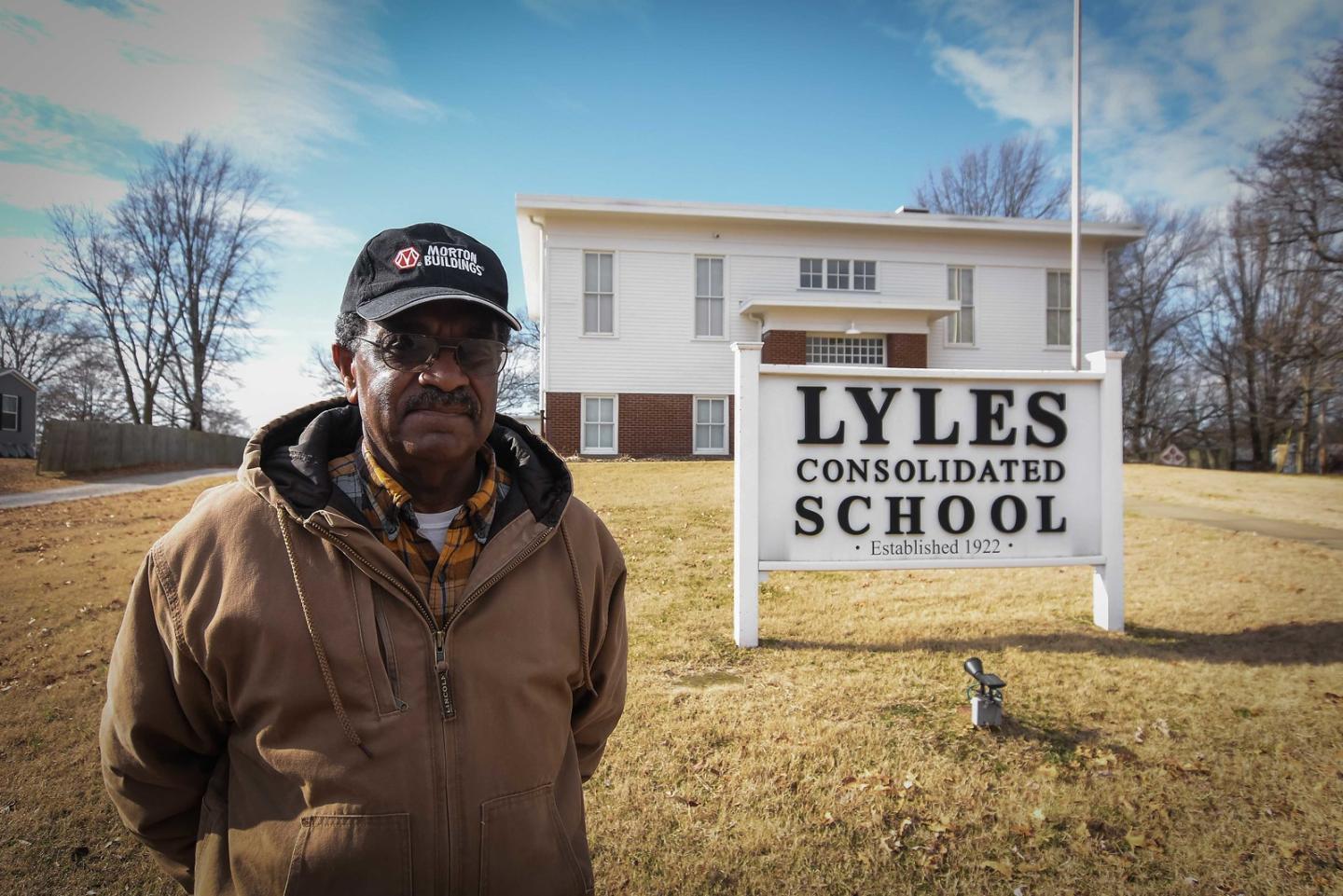
Historically Underserved producers may be eligible for the advance payment option as well as targeted funding pools and priority consideration when applying for assistance.
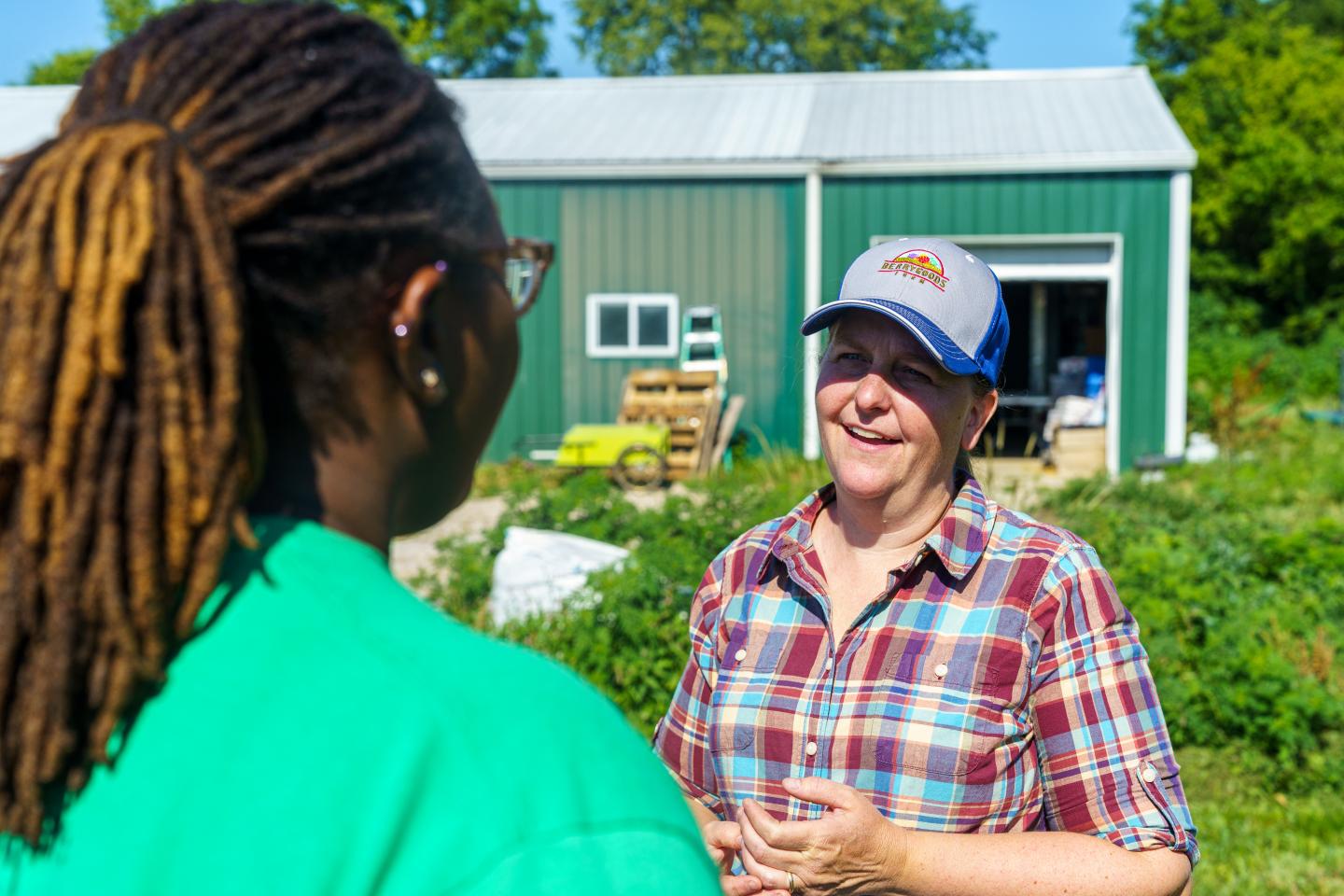
Learn about different types of conservation issues that might impact the productivity or natural resources on your farm, forest or livestock operation by exploring the topics below.
If you’re interested in applying for NRCS conservation programs, contact your local NRCS office. To apply, you’ll have to complete an application as well as have other forms on file. To view examples of the form click the link below.
NRCS provides financial assistance for selected conservation practices. The availability and amount of financial assistance can vary between states. Download the Indiana payment schedules from the link below to see which activities qualify, and how much financial assistance is available.
The 2018 Farm Bill was enacted on December 20, 2018. The Farm Bill continues its strong support for conservation efforts of America’s farmers and ranchers through reauthorization and expanded flexibility of NRCS conservation programs.
For more information about NRCS programs offered in Indiana and how experts throughout the state can help you address natural resource concerns on your land, visit the Indiana NRCS homepage.
Contact your local service center to start your application.
Do you farm or ranch and want to make improvements to the land that you own or lease?
Natural Resources Conservation Service offers technical and financial assistance to help farmers, ranchers and forest landowners.

To get started with NRCS, we recommend you stop by your local NRCS field office. We’ll discuss your vision for your land.
NRCS provides landowners with free technical assistance, or advice, for their land. Common technical assistance includes: resource assessment, practice design and resource monitoring. Your conservation planner will help you determine if financial assistance is right for you.
We’ll walk you through the application process. To get started on applying for financial assistance, we’ll work with you:
Once complete, we’ll work with you on the application, or CPA 1200.
Applications for most programs are accepted on a continuous basis, but they’re considered for funding in different ranking periods. Be sure to ask your local NRCS district conservationist about the deadline for the ranking period to ensure you turn in your application in time.
As part of the application process, we’ll check to see if you are eligible. To do this, you’ll need to bring:
If you don’t have a farm number, you can get one from USDA’s Farm Service Agency. Typically, the local FSA office is located in the same building as the local NRCS office. You only need a farm number if you’re interested in financial assistance.
NRCS will take a look at the applications and rank them according to local resource concerns, the amount of conservation benefits the work will provide and the needs of applicants. View Application Ranking Dates by State.
If you’re selected, you can choose whether to sign the contract for the work to be done.
Once you sign the contract, you’ll be provided standards and specifications for completing the practice or practices, and then you will have a specified amount of time to implement. Once the work is implemented and inspected, you’ll be paid the rate of compensation for the work if it meets NRCS standards and specifications.